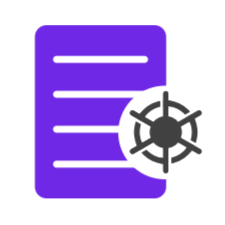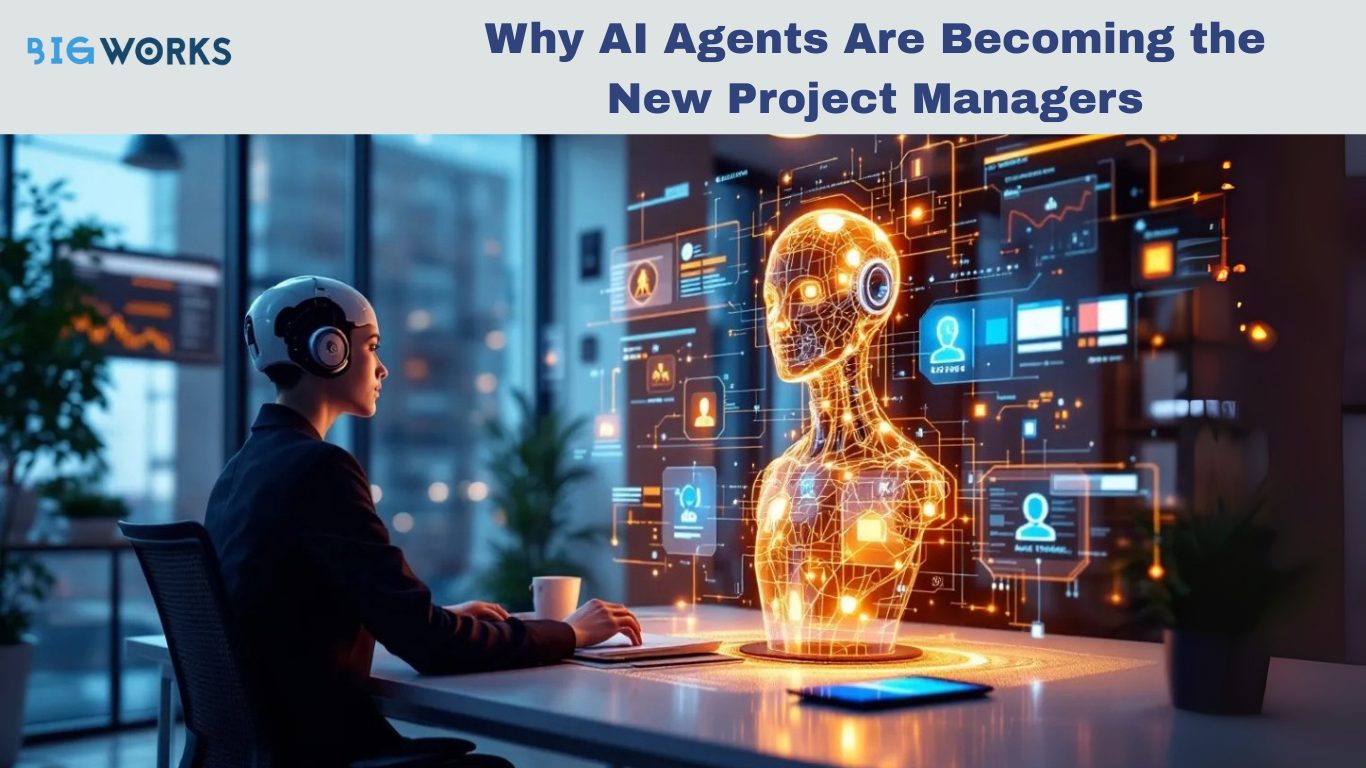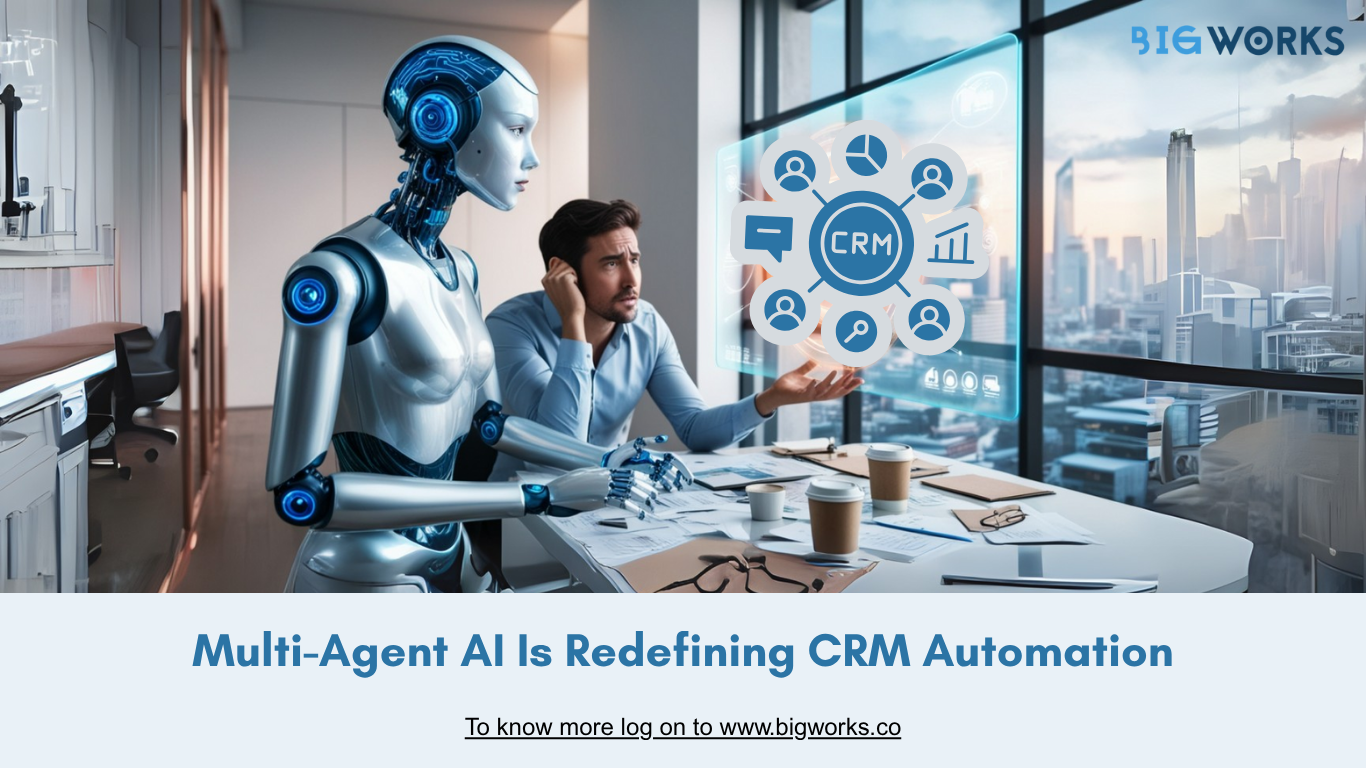Introduction
Email remains the backbone of digital communication in business. Yet, with inboxes getting more crowded by the day, personalisation is no longer a luxury. It is now an expectation.
Salesforce Marketing Cloud (SFMC) has been steadily evolving to meet this demand. In 2025, predictive personalisation will take centre stage. By combining Einstein AI with advanced automation, Salesforce enables marketers to deliver hyper-relevant, timely, and context-driven messages.
This shift is not just about increasing open rates or click-throughs. It is about building long-term customer relationships by understanding intent, predicting behaviour, and acting before the customer even realises their need.
In this blog, we break down the key trends shaping predictive personalisation in SFMC and what businesses should do today to prepare for the future.
-
AI-Powered Send Time Optimisation
One of the simplest yet most impactful ways to boost engagement is to send emails when users are most likely to open them. SFMC’s Einstein Send Time Optimisation uses historical behaviour patterns to predict the ideal moment for each recipient.
- Why it matters in 2025: As inbox competition rises, brands that optimise delivery timing will gain significant engagement advantages.
- Action for marketers: Integrate Contacto by BigWorks or similar campaign tools to complement Salesforce with large-scale, synced outreach campaigns.
-
Dynamic Content Based on Real-Time Behaviour
Static emails are becoming outdated. Instead, Salesforce is enabling real-time content substitution that showcases different offers, visuals, or CTAs based on the recipient’s most recent interactions.
- Example: A customer browsing winter jackets online will receive an email highlighting jackets instead of generic seasonal discounts.
- Why it matters: Dynamic personalisation leads to higher conversions and reduces the fatigue of irrelevant content.
-
Predictive Lead Scoring and Engagement Scoring
Einstein Engagement Scoring predicts who is likely to open, click, or convert based on past data. This ensures email campaigns are not just wide-reaching but also strategically segmented.
- Impact for businesses: Less wasted effort on disengaged audiences and higher ROI per campaign.
- Pro tip: Use scoring insights to segment nurture campaigns and sync them with Salesforce CRM data for sales-ready leads. Tools like Workon by BigWorks can help align marketing-qualified leads with project and task workflows.
-
Hyper-Personalised Journeys with Journey Builder + AI
Journey Builder integrates tightly with predictive analytics, allowing businesses to automate multi-step, cross-channel customer journeys.
- Why it matters in 2025: Customers expect seamless engagement, such as receiving an SMS after clicking an email link or a tailored follow-up email after abandoning a cart.
- Business benefit: Greater consistency and brand trust.
-
Privacy-Centric Personalisation
While personalisation deepens, regulations such as GDPR, CCPA, and other data protection laws force businesses to balance relevance with privacy. SFMC now prioritises compliant data usage while still offering meaningful personalisation opportunities.
- Trend: Contextual personalisation that uses anonymised behavioural signals rather than personal identifiers.
- Impact: Builds trust while keeping campaigns legally compliant. Secure storage solutions like Docuvault by BigWorks add another layer of compliance by keeping customer documents and data safe within Salesforce.
-
Integration with Third-Party Campaign Tools
While SFMC is powerful, many organisations layer third-party email campaign tools like Contacto to scale mass outreach, run A/B tests at scale, and manage enterprise-wide lists. The ability to sync seamlessly with Salesforce ensures no data silos while enriching personalisation.
Conclusion
Predictive personalisation is not just a trend. It is becoming the new normal in CRM-driven email marketing. From optimised send times to dynamic content and predictive engagement, Salesforce Marketing Cloud is redefining how businesses approach customer communication.
To stay ahead, businesses must adopt AI-driven personalisation, respect privacy boundaries, and integrate complementary campaign tools like Contacto for outreach, Workon for project alignment, and Docuvault for secure compliance.
In 2025, the brands that win will be those that anticipate customer needs rather than react to them.





